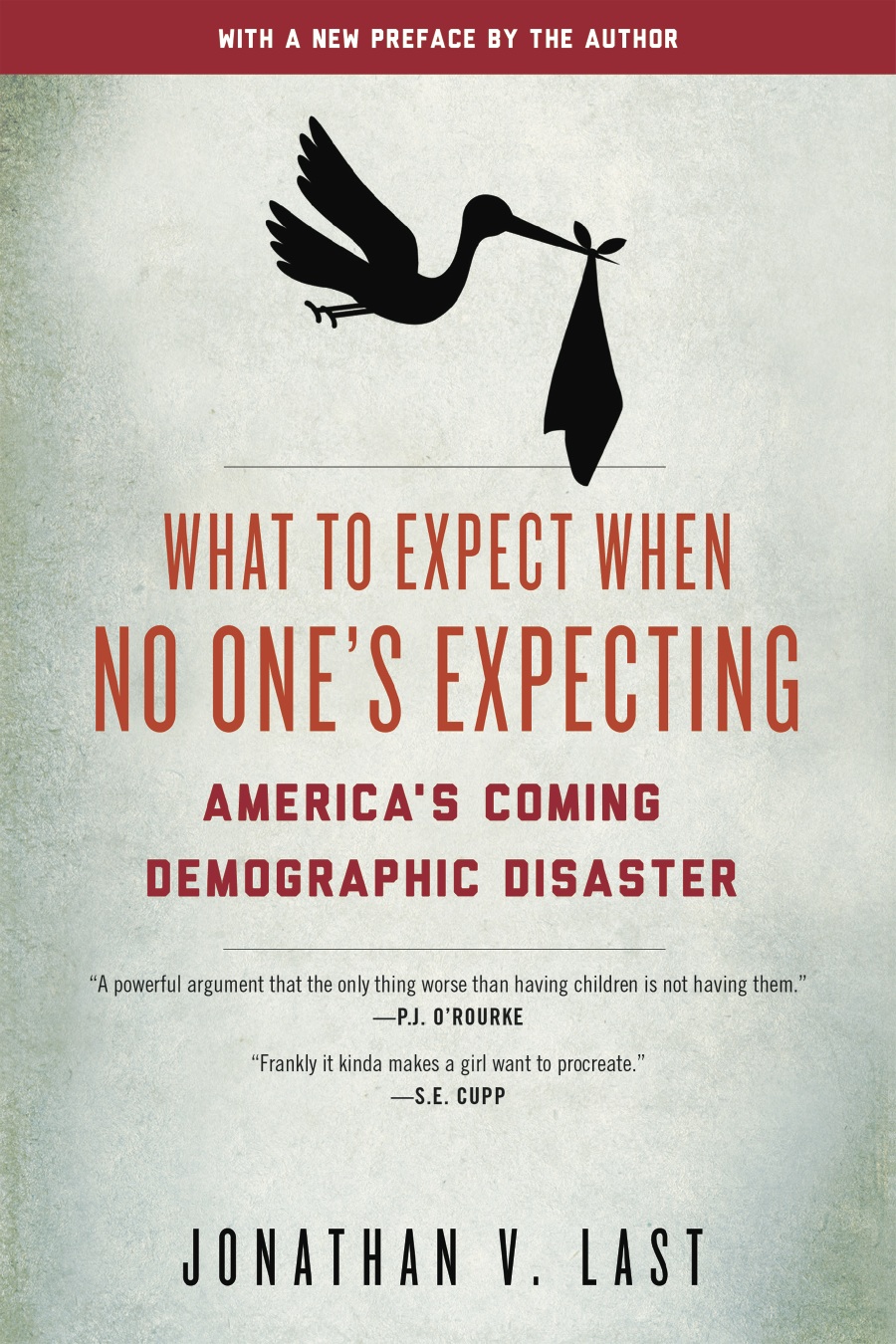May 12th, 2010
Two interesting pieces today. First, John Judis:
Brenner’s analysis of the current downturn can be boiled down to a fairly simple point: that the underlying cause of the current downturn lies in the “real” economy of private goods and service production rather than in the financial sector, and that the current remedies—from government spending and tax cuts to financial regulation—will not lead to the kind of robust growth and employment that the United States enjoyed after World War II and fleetingly in the late 1990s. These remedies won’t succeed because they won’t get at what has caused the slowdown in the real economy: global overcapacity in tradeable goods production. . . .
Paul Volcker summed up the situation thusly: “The fate of the world economy is now totally dependent on the growth of the U.S. economy, which is dependent on the stock market, whose growth is dependent upon about 50 stocks, half of which have never reported any earnings.”
The normal mechanics of the business cycle signal recovery, while deeper economic weaknesses threaten it. In late 2008 and early 2009, fear and hysteria were almost palpable, especially in the United States. Consumers and companies cut spending anywhere they could. From September 2008 to June 2009, the U.S. economy lost 6 million payroll jobs. In 2009, American car sales were almost 40 percent lower than in 2007. Governments’ frenetic interventions stabilized confidence. People and firms are opening their wallets again, here and abroad. The world economy will grow almost 4.3 percent in 2010 and 2011, with the United States expanding at an average of nearly 3 percent, reckons the International Monetary Fund.
But the deep-seated problems remain. Three stand out: first, the weight of the welfare state and aging populations; second, the burden of huge private debts (mortgages and consumer loans in America and elsewhere); and finally, huge imbalances in global trade, with some countries — notably China — running massive surpluses and others — notably the United States — having large deficits. Each threatens a vigorous recovery that could conceivably plunge the world back into a protracted slump.
No comments yet, be the first:






